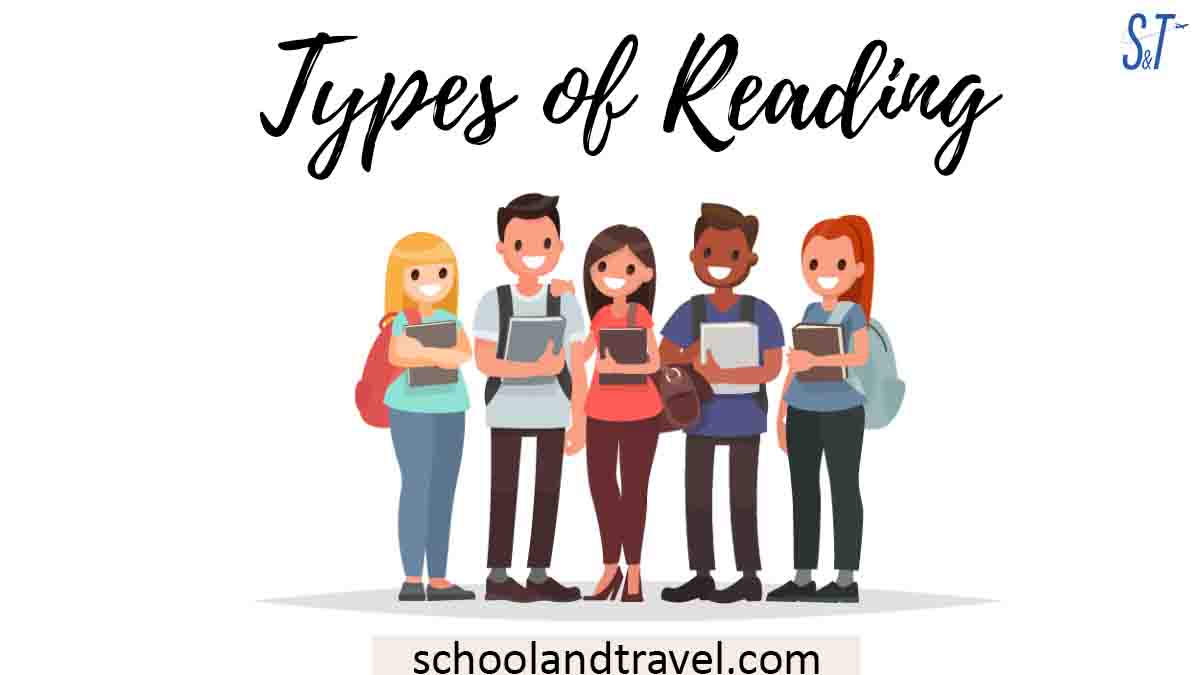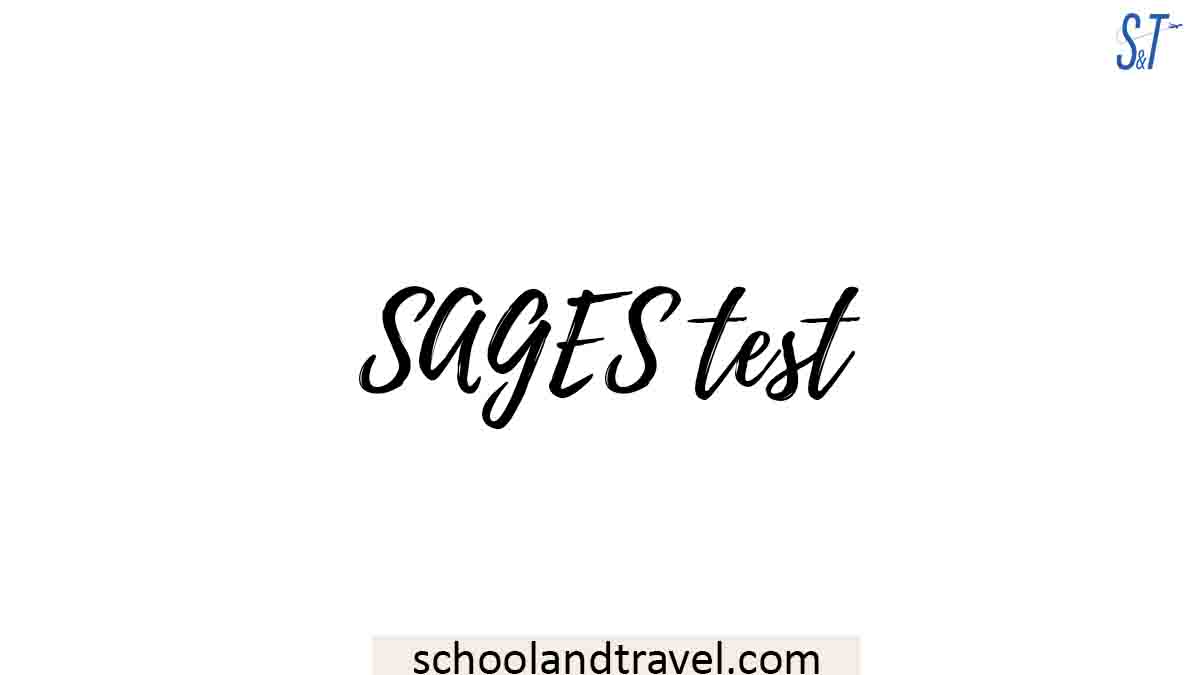Reading is a very important action to practice. The act of reading provides knowledge of all sorts of things. However, almost all knowledge has been documented and can be read.
In this article, you will be introduced to the different types of reading, allowing you to choose the type or types appropriate for different occasions.
What is Reading?
Reading involves multiple processes: recognition of words, comprehension of words, and fluency in interpreting the words.
Reading can also be defined as finding motivation and getting meaning from print. However, reading improves our lives in different ways.
There are different types of reading, so finding the appropriate type is precedent because the correct reading type enhances the reading process.
Benefits of Reading:
1. Connection with people:
Readers become great conversation starters through books as there are plenty of topics and points to discuss. They also have vast knowledge and can become great storytellers, becoming the center of attention.
2. Improvement in speaking and writing skills:
As readers have a vast amount of knowledge, they do not lack words, improving their speaking and writing skills.
Reading adds values and characteristics to readers, like friendliness, humility, and selflessness. As they read books of history and stories, they learn through past mistakes, thus creating corrections for the mistakes.
3. Reading replaces loneliness:
Books can be different things, and they can guide you and keep you grounded. Stories can make you relate to people, removing loneliness and solving hidden harmful characteristics.
4. Source of knowledge:
Reading can help you learn and master a language. Through books, you increase and improve your vocabulary. On the other hand, all types of reading focus on knowledge as the endpoint.
5. The focus of attention:
Nowadays, attention is divided between different things and responsibilities, thus reducing focus and lowering productivity, but your attention becomes focused when reading.
6. Strength to the mind:
It strengthens mental capacity by drastically improving thinking, analytical, and comprehension capabilities. Reading is the best exercise for the mind and brain; however, it makes the mind work faster, increasing the speed at which you process knowledge.
At the same time, reading teaches and shows individuals new perspectives and directions, helping them find their paths as their perspectives and knowledge have been broadened.
7. Calmness to the mind:
Reading relaxes the mind, helping individuals recharge energy faster and fall asleep easier. However, it is a form of entertainment.
8. Escape from reality:
This is not always a bad thing, as stories are forms of entertainment. It can make people relax and laugh, making it a good form of entertainment.
Read this: Types of errors students make Before, During, and After Exams.
Types of Reading:
- Extensive Reading
- Intensive Reading
- Skimming
- Scanning
1. Extensive Reading:
Extensive reading is one of the types of reading that focuses on new and general knowledge.
This type of reading is mostly used and advisable to use for pleasure, as it is evident when reading novels, art, stories, and so on.
Extensive reading is the mode and technique used for texts, documents, and literature that readers do not like.
Using this mode or technique, the reader will gain only a general understanding and comprehension of the text or whatever is being read.
At the same time, using this mode or technique, the reader doesn’t stop reading even if a particular word isn’t understood, as that word might not affect their understanding of the story being read.
The knowledge mostly taken from reading using this mode or technique is generally important to the reader.
2. Intensive Reading
Intensive reading is the act of reading in which the reader focuses on details, and every piece of information is intensively examined. Here, the reader takes longer to finish a document or literature work.
This act, mode, or reading technique is more time-consuming than extensive reading, skimming, and scanning. However, every word is being paid attention to and must be fully understood.
An intensive reader also has the chance to analyze and question the knowledge gained; this implies that the comprehension must be accurate and fluent.
This mode is used for specific purposes, such as dealing with questions related to vocabulary or other knowledge. Intensive reading mode is crucial for language learners.
Read this: Schooling vs Education: What nobody tells You
Types of Reading
3. Skimming:
Skimming is defined as viewing a text quickly to determine whether it is useful to the reader or has the information needed. It is also known or referred to as “Gist reading.”
Using this technique, the reader doesn’t go through each word of the text but focuses on the main information, core, or theme.
The reader using this technique doesn’t read the text very carefully, as they are not looking for a specific fact but a cursory overview and general storyline.
Readers use this technique to find whether a particular book contains their interests. Examples include; looking at the headlines of magazines or newspapers, going through data or reports to get a general idea of the topic, looking through a book before buying, and many others.
4. Scanning:
Scanning is the act, mode, or technique in which the reader shuttles through text sentences to find detailed information. Using this model, the reader looks for the necessary information required in a text.
This mood or technique is also known as “Diagonal reading.” The reader performing this act rejects information not required.
Examples include; looking through the newspaper or the internet to find the recent scores of the Premier League matches, a particular address in a company database, and many others.
Types of Reading
Conclusion:
In this article, you have been shown the different types of reading; choosing the appropriate type for the particular reason you are about to read is very important.
Each of these different types of reading is best for different occasions. Thus, improve your reading skills today and become the leader of tomorrow.
Awesome one; I hope this article answers your question.
Editor’s Recommendations:
- Is MCAT Tougher Than NEET? (FAQs)
- What is a Good MCAT Score? (477, 520, 514, FAQs)
- Best MCAT Prep Books (Meaning, Qualities, Books, Exam tips)
- Old MCAT to New MCAT Conversion | Complete guide
- MCAT vs. DAT (Meaning, Similarities, Differences, Study tips)
- 514 MCAT (Meaning, Good MCAT score, Poor MCAT score)
If you find this article good, please share it with a friend.





